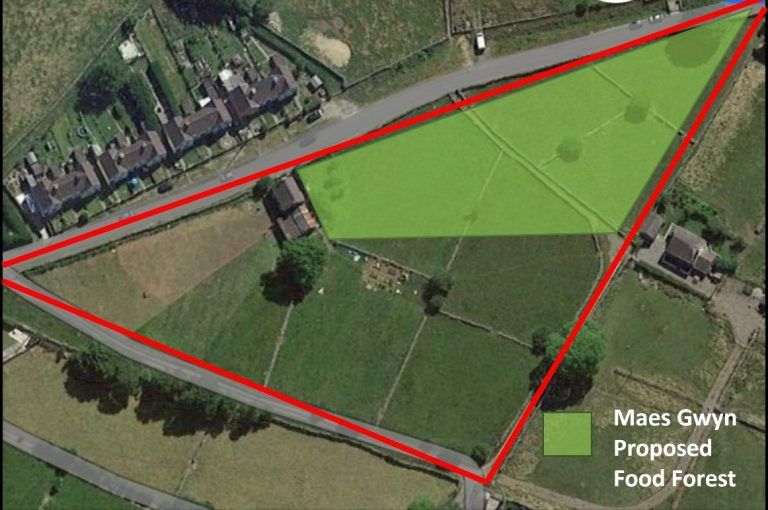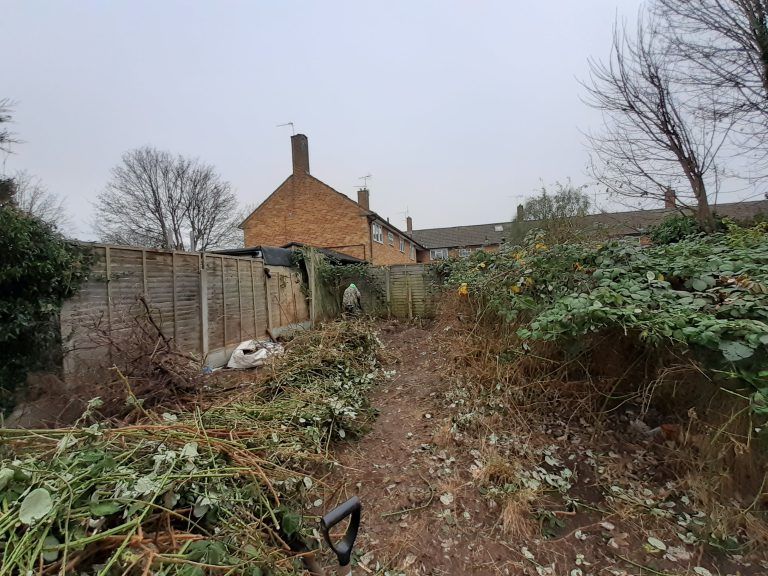Balsamroot sunflower is a small attractive perennial growing to 0.3m (1ft), making an excellent groundcover.
Is Balsamroot sunflower edible?
You can eat raw or cooked young shoots and add them to salads or use them as a herb. Boil large leaves and petioles as a spinach substitute; large quantities cause sleepiness. The leaves have a light pine flavour.
Peel the young flowering stem and eat it like raw celery. Eat the seed raw or cooked. The uncooked seed, rich in oil, is ground into a powder to form raw cakes. The seed is roasted, ground into a powder and used with cereals when making bread. The edible roots are resinous and woody with a taste like balsam. Eat them raw or cooked.
Balsamroot sunflower is hardy to at least -25°C/-13°F. The plant has a clumping habit with limited spread and a taproot.
Deltoid Balsamroot (B. deltoidea), native to western North America, is taller than Balsamroot sunflower growing to 0.6 m (2ft) with similar edible properties.
Propagation: Seed. Balsamroots strongly resent root disturbance making division difficult.
Other Uses
• Ground cover • Specialist Nectary • Invertebrate shelter
More information on Balsamroot sunflower is available n the database







